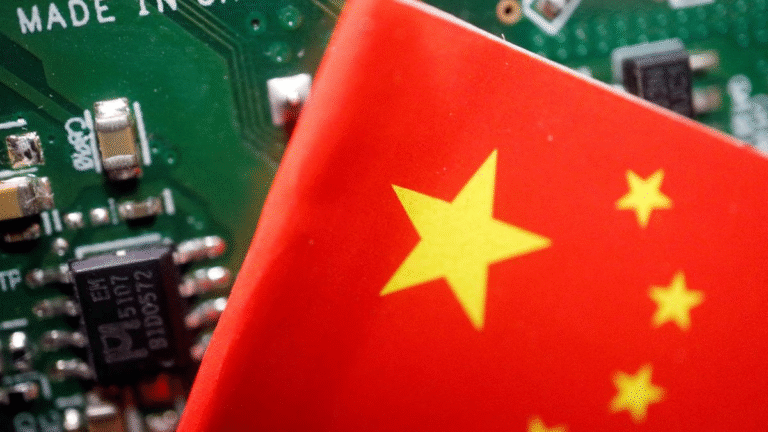
Trump imposes 35% tariff on Bangladesh imports starting August 1. Here’s how it could impact Bangladesh’s economy and global trade ties.

🚨 Trump Announces 35% Tariff On Bangladeshi Products
In a move that could have major implications for global trade and Bangladesh’s export-dependent economy, former US President Donald Trump has announced a hefty 35% tariff on all products imported from Bangladesh, effective August 1, 2025.
In a letter addressed to Bangladesh’s Chief Advisor Muhammad Yunus, Trump stated:
🗣️ “We will charge Bangladesh a tariff of only 35 per cent on any and all Bangladeshi products sent to the United States.”
This is part of a broader tariff drive where the US has begun dispatching formal letters to several nations, detailing the new import duties.
🇺🇸 Why Is Trump Imposing These Tariffs?
The Trump administration argues that these tariffs are designed to:
- ✅ Protect American manufacturing jobs
- ✅ Balance trade deficits
- ✅ Pressure countries into negotiating more favorable trade deals with the US
Analysts, however, warn that such steep tariffs could trigger retaliatory measures, disrupt long-established supply chains, and spark a broader global trade war.
🇧🇩 How Will This Affect Bangladesh?
👕 Major Hit To Bangladesh’s Textile & Apparel Industry
Bangladesh is the world’s second-largest exporter of garments after China, and the US is a key market. This 35% tariff threatens to:
- 🚨 Make Bangladeshi goods significantly more expensive in US stores
- 📉 Reduce orders from American retailers, who may turn to Vietnam, Cambodia, or Mexico
- 🧵 Endanger millions of jobs in Bangladesh’s garment factories, many of which depend on US contracts
🏭 The Bangladesh Garment Manufacturers and Exporters Association (BGMEA) has already voiced serious concerns, urging Dhaka to initiate immediate diplomatic talks with Washington.
💰 What Could It Mean For Global Consumers & Retailers?
🛍️ Higher Prices On Shelves
US shoppers could see price hikes on clothing, home textiles, and leather goods imported from Bangladesh. This comes at a time when inflation concerns are still simmering in global markets.
🛠️ Supply Chain Re-Alignment
Retail giants like Walmart, Target, and Gap might be forced to diversify sourcing further away from Bangladesh, affecting long-term trade relationships.
🌍 Other Countries Also Targeted By Trump’s Tariffs
Bangladesh is not alone. The Trump administration has reportedly sent similar tariff notifications to multiple countries, including:
- 🇯🇵 Japan (facing a proposed 25% tariff)
- 🇰🇷 South Korea (also targeted at 25%)
This indicates a renewed push towards Trump’s longstanding “America First” trade agenda, which had earlier reshaped US-China trade ties through sweeping tariffs.
🔎 What Happens Next?
🤝 Diplomatic Back Channels Likely
Bangladesh is expected to engage in urgent diplomatic negotiations to try to secure exemptions or reduced rates. Trade experts believe Dhaka may leverage its role as a major ally in regional stability and its contributions to global supply chains.
💬 Industry Groups May Lobby In Washington
American retailers and import lobbies could also pressurize the Trump administration, arguing that such tariffs hurt US businesses and consumers just as much as suppliers abroad.
📌 Quick Takeaways
✅ Trump has announced a 35% tariff on all Bangladeshi products, effective August 1, 2025.
✅ This could severely impact Bangladesh’s textile industry, risking millions of jobs.
✅ US consumers may see higher prices on apparel & home goods.
✅ Bangladesh plans to push for diplomatic talks to mitigate the fallout.
🚀 The Bigger Picture: A Trade War Revival?
This aggressive tariff move signals a potential return to protectionist trade policies, not just between the US and Bangladesh, but possibly across multiple global trade lanes. If other countries retaliate or impose counter-tariffs, it could reshape international trade dynamics yet again.
For now, the world will be watching closely as Dhaka and Washington navigate this high-stakes economic flashpoint.
Disclaimer: This article may have been partially or fully generated with the help of AI tools. While we strive for accuracy and clarity, please verify critical information from official sources.





